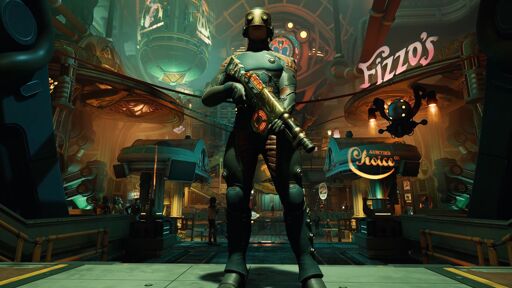Xbox controversially raised the base price of its mainline games to $80 in an announcement a few weeks ago. Now, it seems to be backtracking. Good, I say.
A few weeks ago, Microsoft announced that the base price of its Xbox games at retail would hit frankly staggering $80, underpinning what has been an incredibly tough year for consumers and businesses alike with regards to spiralling costs. Whether it’s supply chains being impacted by arbitrary trade wars or sticky inflation from Covid quantitative easing, the market has been relatively unstable for the past few years for a variety of reasons.
In response, various businesses have put up their prices to varying degrees. Microsoft and Sony both raised the price of their Xbox and PlayStation hardware bundles over the past couple of years, and for a short while, it looked like the industry was poised to raise the base price of their mainline games to $80. It started with Nintendo’s Mario Kart World hitting $79.99 at retail, and then back and forth over whether Borderlands 4 would hit $79.99 as well — it ended up being $69.99.
Still too high. Not that I would buy it anyway
Weird how entitled publishers have become, you don’t automatically get peoples money because “gaming”. Something is only worth what people can buy it for learn it one way or another.
Until its sub 50 I wouldn’t even consider it and even then… MEH.
Door in the face technique.
Was highly disappointed in the first title. Not really gonna pick up a sequel for an RPG with 8 armors, 13 weapons, and an alright story for 80 dumb boi points. Even if it has 16 armors. It honestly might have been better as a story driven instead of tryna sell out on their New Vegas history.
They can charge €200 for all I care. I’ll pay for it: A) €5 on Gamepass on launch day B) €15-20 when on sale on Steam in 1-2 years
Hot take, but $80 is a perfectly reasonable price for a “mainline” game.
Back in 1998, I saved all my money to buy Quest 64 for the suggested retail price of $60. That’s $120 in today’s money, and I guarantee you I didn’t get as much game as I will with Outer Worlds 2. Games dipped to $50 when they moved to discs, but even that was more expensive than today once you factor in inflation.
Realistically, an extra $10 isn’t pricing anyone out. All modern gaming platforms are expensive. There are still plenty of ways to enjoy gaming for cheap; they just don’t involve the newest platforms. That has been the case for most of the history of gaming.
Meanwhile games are more expensive than ever to develop. We want developers to get paid, and we want them to take more risks, but both of those things cost money.
There’s two issues with this thinking. The first is the assumption that the additional money is going to the developers. Considering Microsoft continues to layoff developers, I think we can safely rule that out as a possibility. It’s going to the c-suite and maybe marketers.
The second is the assumption that games are more expensive than ever to develop. This is beyond untrue; games have actually never been cheaper to develop. That’s a big reason why indies have exploded in popularity, and in many ways have supplanted AAA as the primary drivers of innovation in the industry. AAA games are bloated because business executives want to chase infinite money, and put ludicrous amounts of man hours chasing the dragon of graphical fidelity. I strongly believe that more mid-budget titles focused on solid gameplay fundamentals with good art direction would result in greater success, but since that won’t make infinite money I doubt the shareholders will ever take that route.
The graphical arms race is also easily explained by the fact that a lot of AAA publishing execs own stock in NVIDIA or Microsoft or Sony or all of those, and are very interested in pushing the latest and greatest hardware for a game that has picture perfect glistening skin for the most cookie cutter story and gameplay that involves pointing and shooting a thousand goddamn times and maybe a few explosions.
I miss when games weren’t interested in maximizing my carbon emissions.
Considering Microsoft continues to layoff developers, I think we can safely rule that out as a possibility.
It’s possible that in this specific instance Microsoft would not spend the extra money wisely. But for the industry as a whole, if the financials look better, fewer people will be laid off and companies will be willing to take more risks.
The second is the assumption that games are more expensive than ever to develop. This is beyond untrue; games have actually never been cheaper to develop.
Yes, indie games are cheaper to produce, which is why they cost less. The prevalence of mid-budget indie games strengthens my point: gamers have many options at many price points, and raising the cost of AAA games to $80 isn’t pricing anyone out.
In any case, we’re not talking about indie games. A big game like Baldur’s Gate 3 or Elden Ring costs $100M+ to make, which is a lot more expensive than it used to be.







